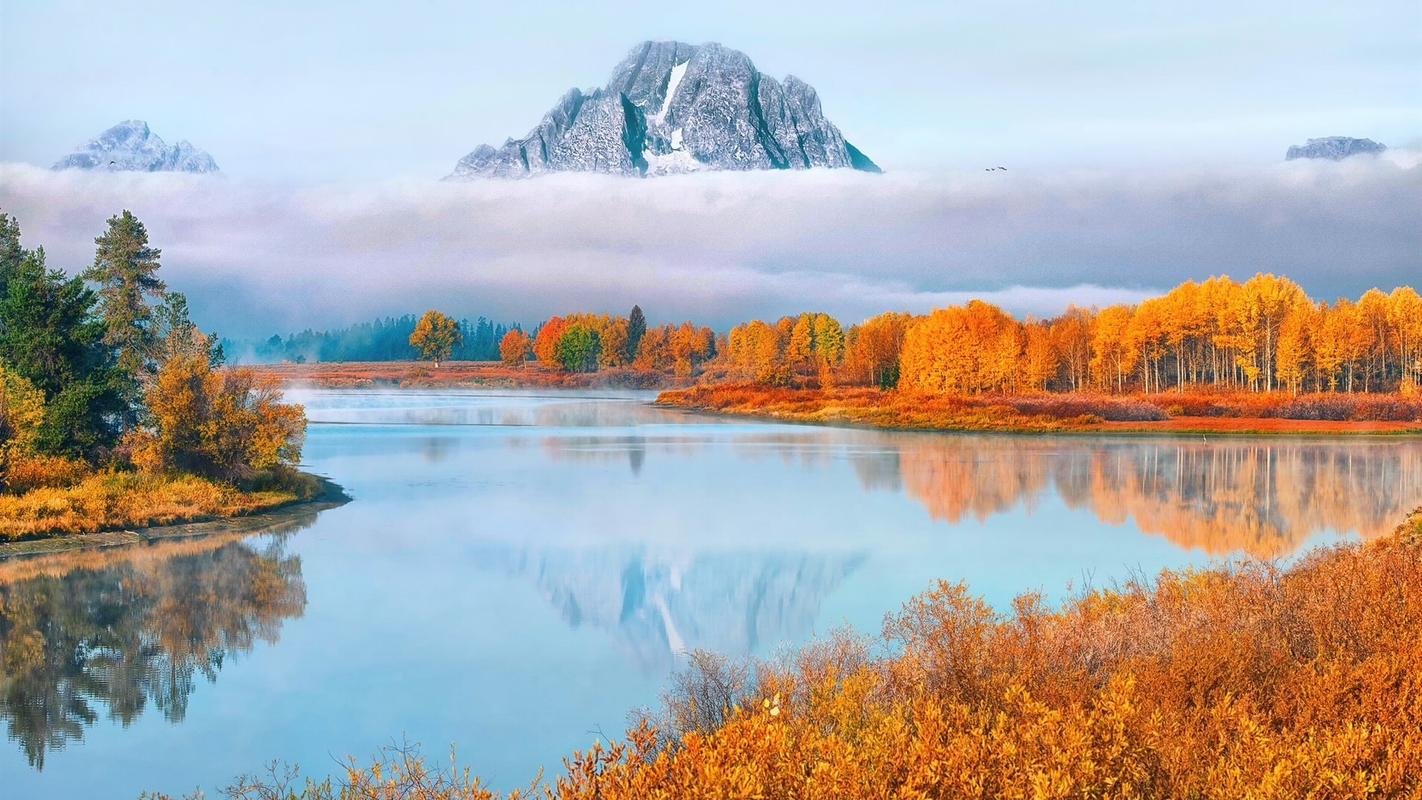Exploring the Rich Traditions of Inuit Culture: A Journey to the Arctic
The Inuit people are the indigenous inhabitants of the Arctic regions of Canada, Greenland, and the United States. They have a deep history and fascinating traditions that span over thousands of years. In this blog post, we will take you on a journey to the Arctic and explore the rich traditions of the Inuit culture.
Ancient History and Traditions
The Inuit people have lived in the Arctic for thousands of years and have developed unique customs, which have been passed down through generations. Their traditions have been shaped by the harsh environment they live in, where temperatures can reach as low as -50°C. These traditions include clothing made from animal fur and skin, igloos for shelter, and a nomadic lifestyle that allows them to move from place to place in search of food.
The Inuit also have a rich mythology and believe in many spiritual creatures and entities. Their beliefs are entwined with their everyday life practices, including hunting and building shelter. For example, the Inuit believe in the Sedna, a goddess of the sea who provides food and protects the hunters.
Art and Craftsmanship
The Inuit people are well-known for their unique art and craftsmanship. They have developed intricate designs and carvings made from materials such as soapstone, ivory, and antlers. The carvings often depict mythological creatures, animals, and Inuit life. In recent years, Inuit art has gained recognition globally and is highly valued as a form of contemporary art.
Nutrition and Cuisine
The Inuit people have a traditional diet that includes fish, seal, caribou, and whale meat. They also include berries, plants, and seaweed in their diet. This traditional diet is high in protein and fat, which helps them to maintain their health and stay warm in the cold weather. The traditional methods of preparing these foods have been passed down through generations, ensuring that the Inuit cuisine remains authentic.
Modern Challenges and Innovations
In recent decades, the Inuit culture has faced modern challenges that threaten their traditional way of life. These challenges include the effects of climate change, industrial development in the Arctic, and loss of hunting grounds due to government policies. However, the Inuit people have also embraced modern innovations, such as snowmobiles and communications technology. They have also adapted their traditional practices to modern situations, such as using GPS to navigate.
Conclusion
Exploring the rich traditions of Inuit culture can be a fascinating journey that highlights the resilience and adaptability of the Inuit people. Their traditions have survived for thousands of years and have inspired modern innovations. However, the challenges they face today remind us of the importance of preserving culture and history. The Arctic region remains a treasure trove of cultural heritage that must be celebrated and protected for future generations.
(Note: Do you have knowledge or insights to share? Unlock new opportunities and expand your reach by joining our authors team. Click Registration to join us and share your expertise with our readers.)
Speech tips:
Please note that any statements involving politics will not be approved.
